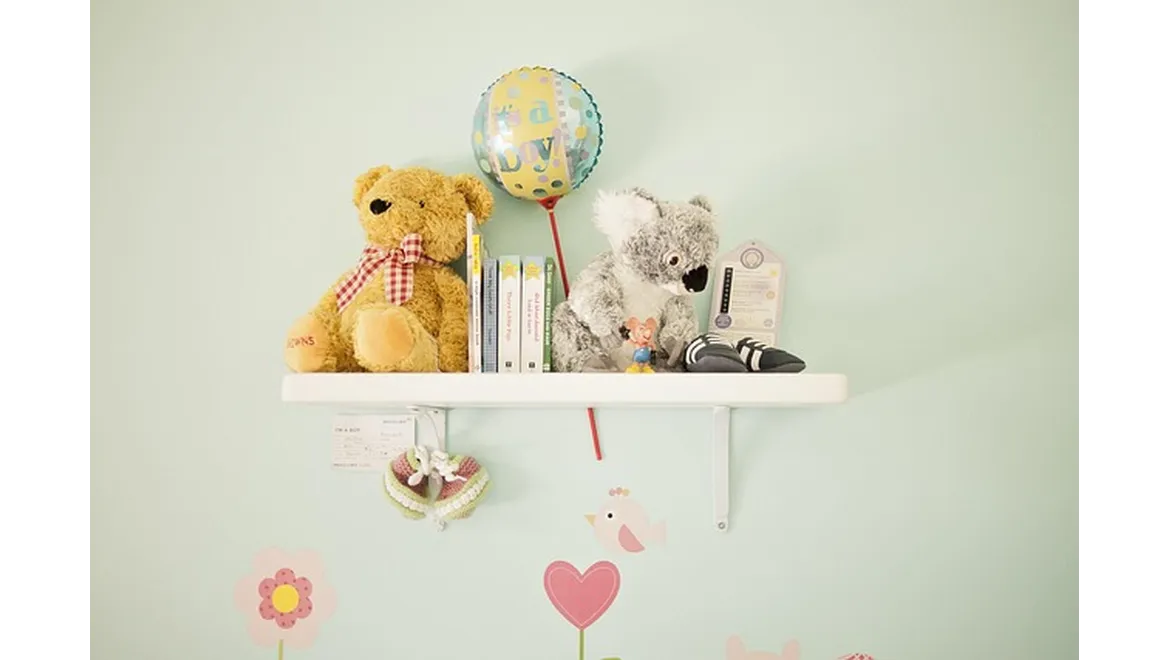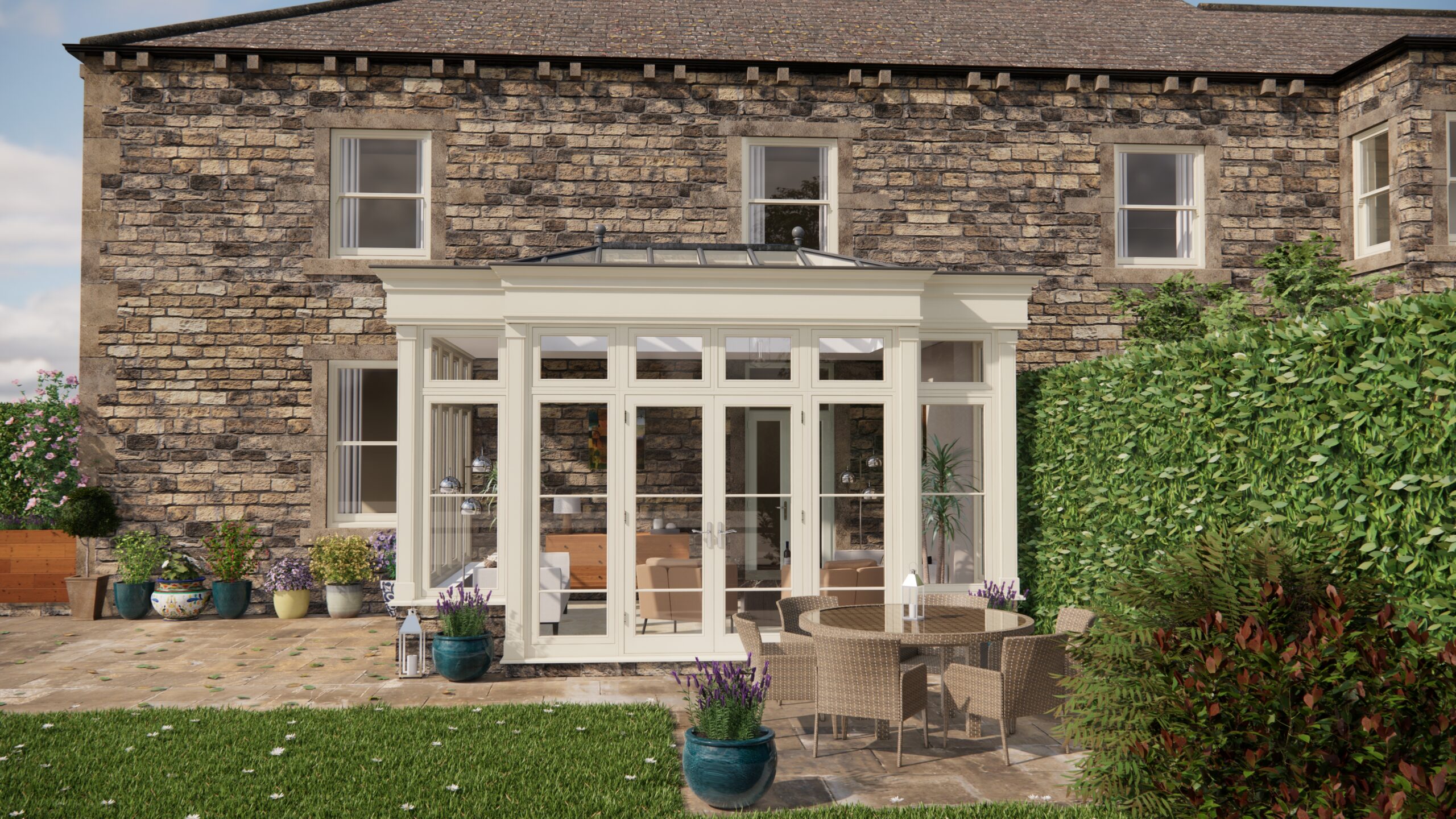Right, so, I’ve just finished writing an article about biophilic design for children’s playrooms, and honestly, it’s been such a rewarding journey. It’s a topic I’m really passionate about, marrying my love for wellness, mindful living, and optimising our living spaces, especially for our kids. It all fell under the broader umbrella of ‘Biophilic Design: Integrating Nature into Your Home for Increased Well-being and Productivity’, which is something I’ve been exploring in my writing lately. I’ve touched upon articles about wellness and making the best use of your home space for exercising and relaxation and this felt like a natural progression.
The idea was simple: how can we create a playroom that not only sparks creativity but also nurtures a child’s overall well-being by bringing the outdoors in? It’s not just about a few potted plants; it’s about weaving nature’s principles into every aspect of the space.
Natural Materials: The Foundation of Connection
First, I delved into the power of natural materials. Think about it: plastic, while practical, feels inherently disconnected from nature. Replacing it with wood, bamboo, cotton, and even natural stone (safely incorporated, of course!) can transform a playroom.
Imagine a solid wood climbing frame instead of a brightly coloured plastic one. A woven rug made from natural fibres instead of a synthetic one. These choices aren’t just aesthetic; they’re tactile. Children instinctively connect with the textures and warmth of natural materials. A great starting point is to audit the existing items in the playroom; can you replace any of the more garish, synthetic elements with something natural? Think wooden building blocks instead of plastic, or felt-tip pens over highlighters.
Open-Ended Toys: Fostering Imagination and Exploration
Next, I explored open-ended toys. These are toys that don’t have a pre-defined purpose – think loose parts, building blocks, art supplies, and natural objects like pine cones and stones. The magic of these toys lies in their ability to foster creativity and problem-solving skills. By providing children with opportunities to interact with natural elements in a playful way, we encourage them to think outside the box and develop a deeper understanding of the world around them. Forget the battery-operated plastic toys that only do one thing, and focus on building up collections of loose parts – for example, coloured ribbons, pipe-cleaners and lolly sticks.
Nature Observation: Windows to the World
Finally, I looked at creating opportunities for nature observation. This could be as simple as positioning the playroom near a window with a view of trees or a garden. Bird feeders outside the window can provide endless entertainment and learning opportunities. You could even create a small indoor garden with herbs or vegetables that children can help care for. It’s about fostering a sense of curiosity and appreciation for the natural world, even when we’re indoors. My tip here is to try to keep the windows clear of clutter that might detract from the outside view. The use of mirrors can also help to maximise the amount of light and the perception of space, which is always beneficial for well-being.
Drawing it all Together: A Harmonious Space
When you put all these elements together – natural materials, open-ended toys, and nature observation – you create a playroom that is not only visually appealing but also conducive to creativity, well-being, and learning. It becomes a space where children can connect with nature, explore their imagination, and develop a deeper understanding of the world around them.
It’s about more than just aesthetics; it’s about fostering a deeper connection with nature, even within the walls of our home. And for me, that’s what biophilic design is all about. It’s about creating spaces that nurture our well-being and allow us to thrive in harmony with the natural world. I hope this has given you a helpful overview of how to go about creating a more biophilic space for children.


